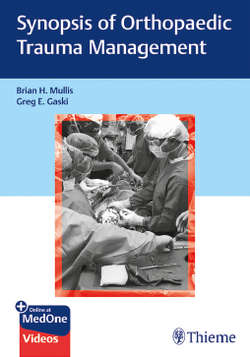Читать книгу Synopsis of Orthopaedic Trauma Management - Brian H. Mullis - Страница 54
Introduction
ОглавлениеThe goal of orthopaedic fracture care is to treat fractures in a way that minimizes complications while maximizing functional outcomes. This includes both operative and nonoperative management.
Bone healing is typically robust and dependable; however, it can fail. When it does, it can result in a nonunion or a malunion. It is critical to understand both the natural history and effect of interventions on bone healing as operative indications are often based on the ability to decrease the chance of nonunion and malunion.
When a patient develops a nonunion or a malunion, the cost to the health care system and society is great, as it typically results in multiple surgical procedures and extended time away from normal activities. A tibial nonunion has been compared to having an effect on health and wellbeing similar to some cancer or other chronic illness diagnoses.
To understand malunions and nonunions, it is critical to have a basic understanding of bone healing and the biomechanics of fracture repair (discussed in depth in Chapter 1, Physiology of Fracture Healing, and Chapter 4, Biomechanics of Internal Fracture Fixation). When approaching these difficult cases, it is important to have a stepwise, reproducible approach, make the diagnosis using the history, physical exam, laboratory and radiographic data. Try to determine the causative factor. Based on patient-specific variables, develop a treatment plan with a reasonable chance of success (▶Video 7.1).
Keywords: nonunion, malunion, hypertrophic, atrophic, bone graft
